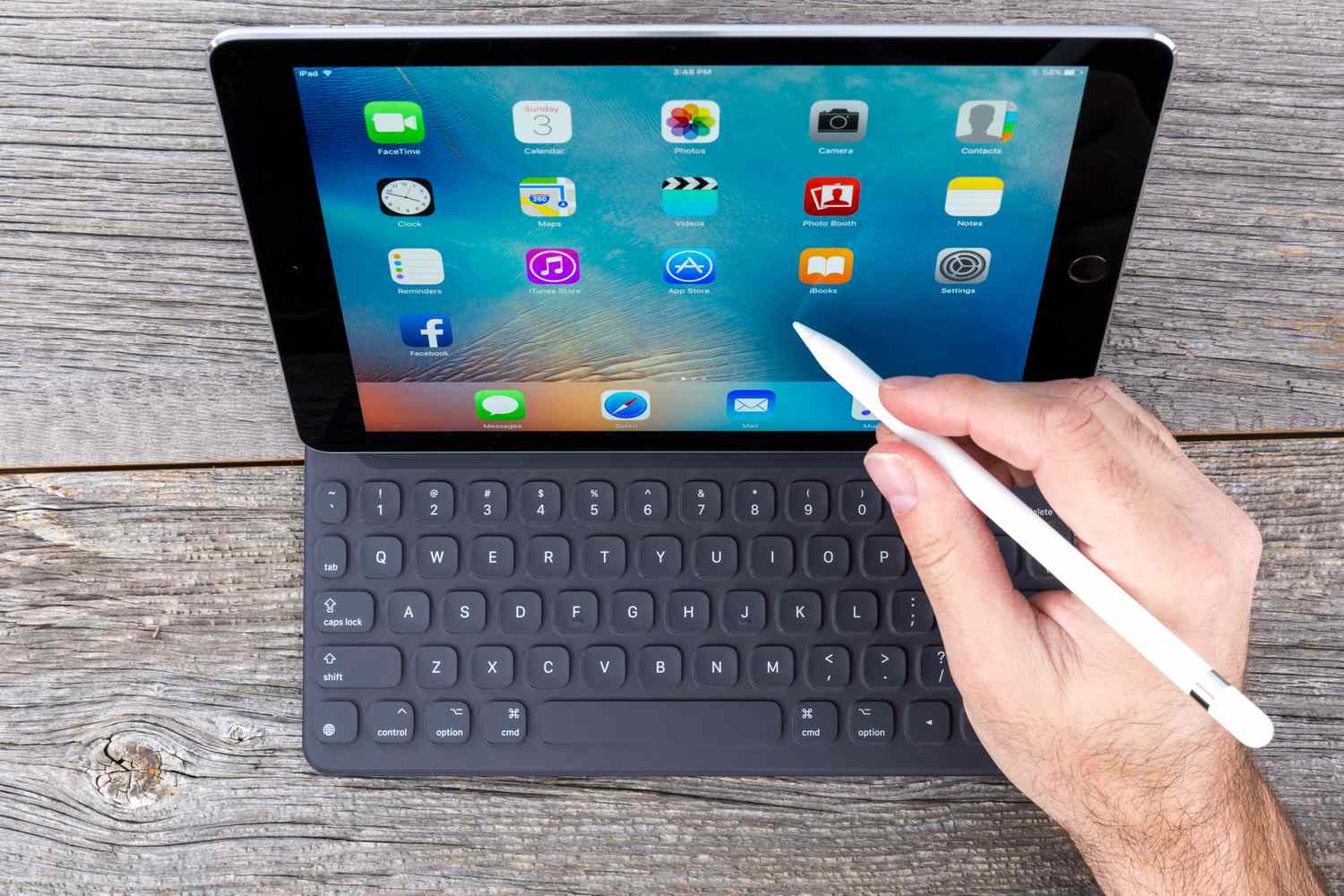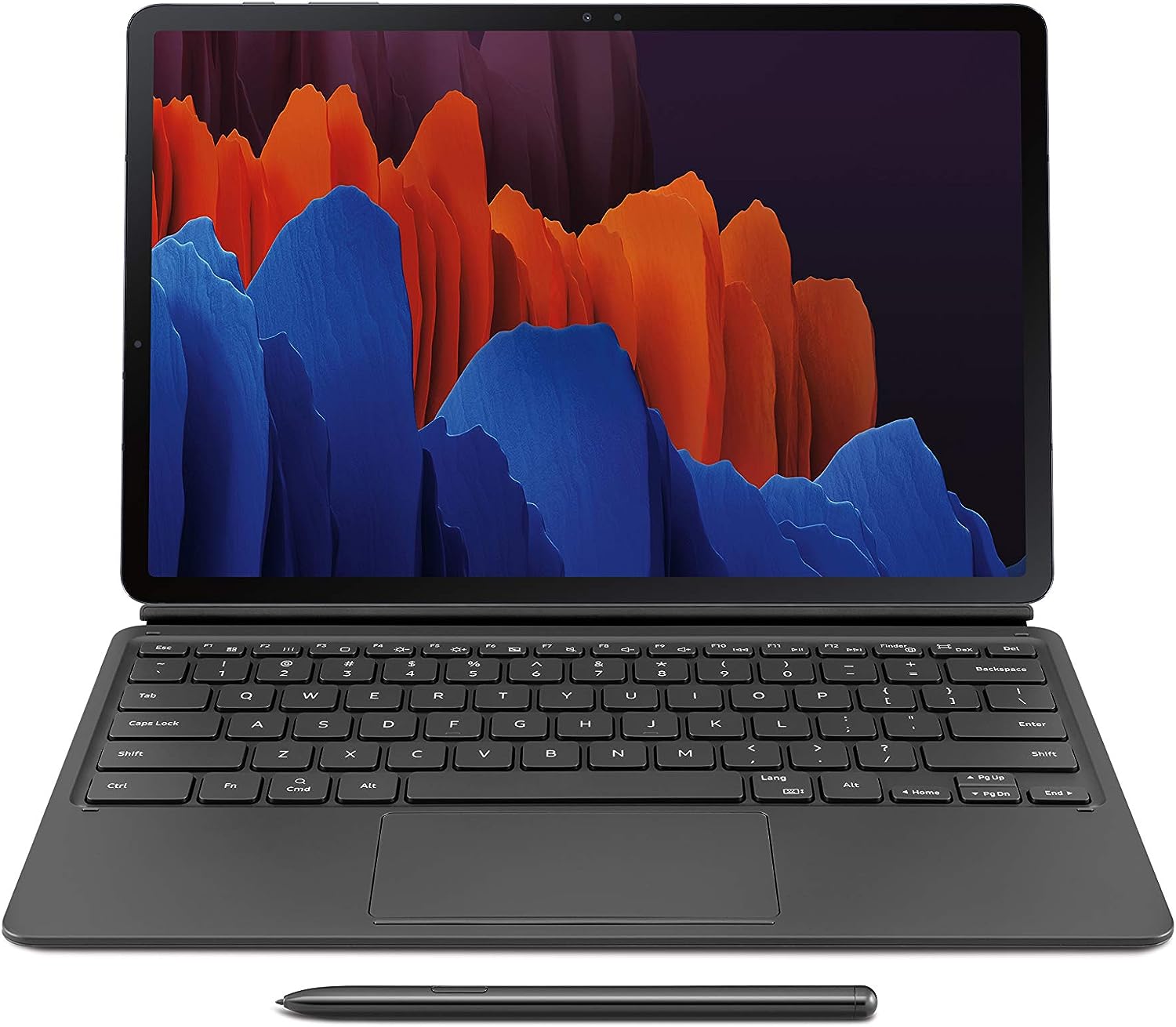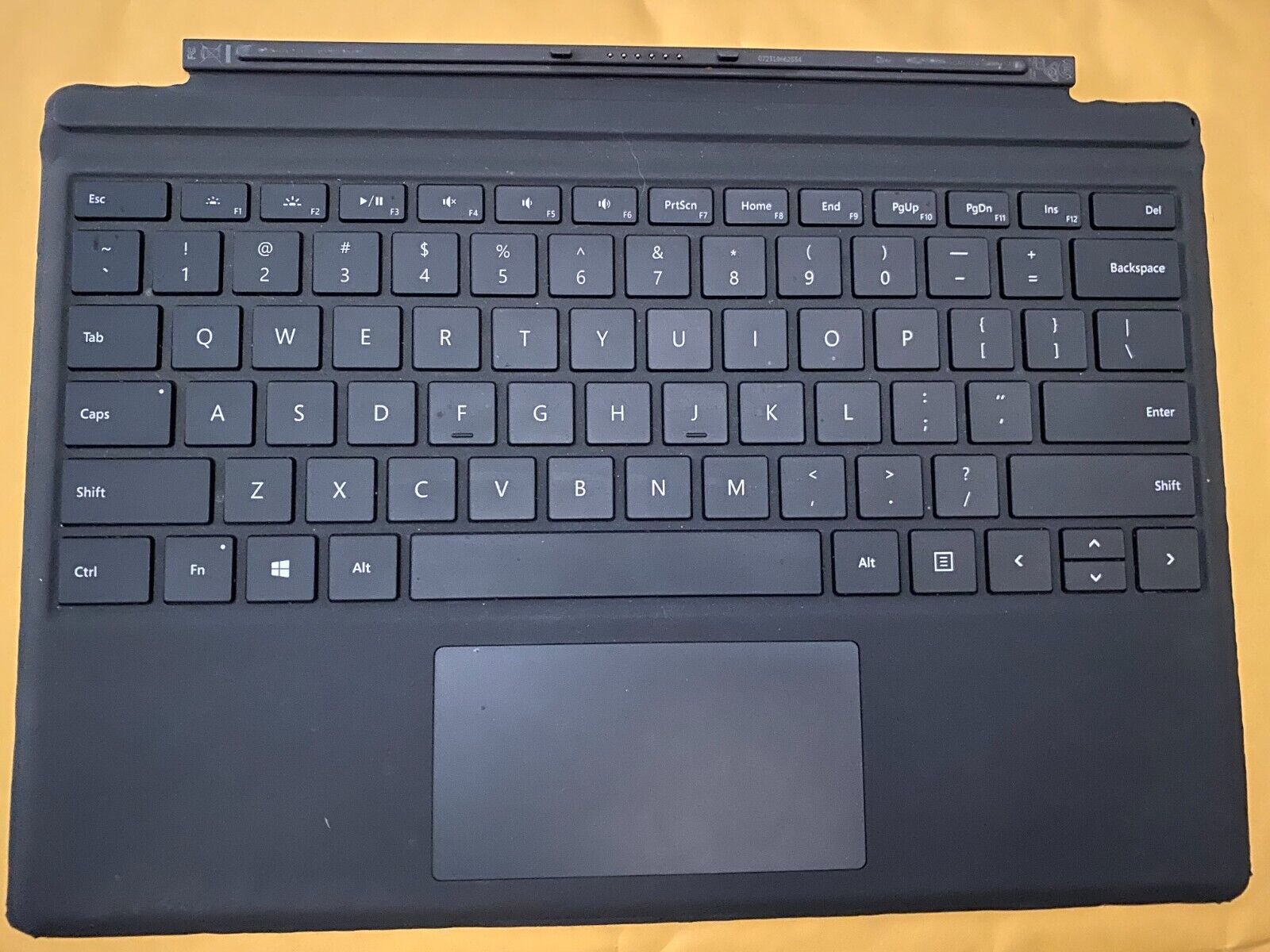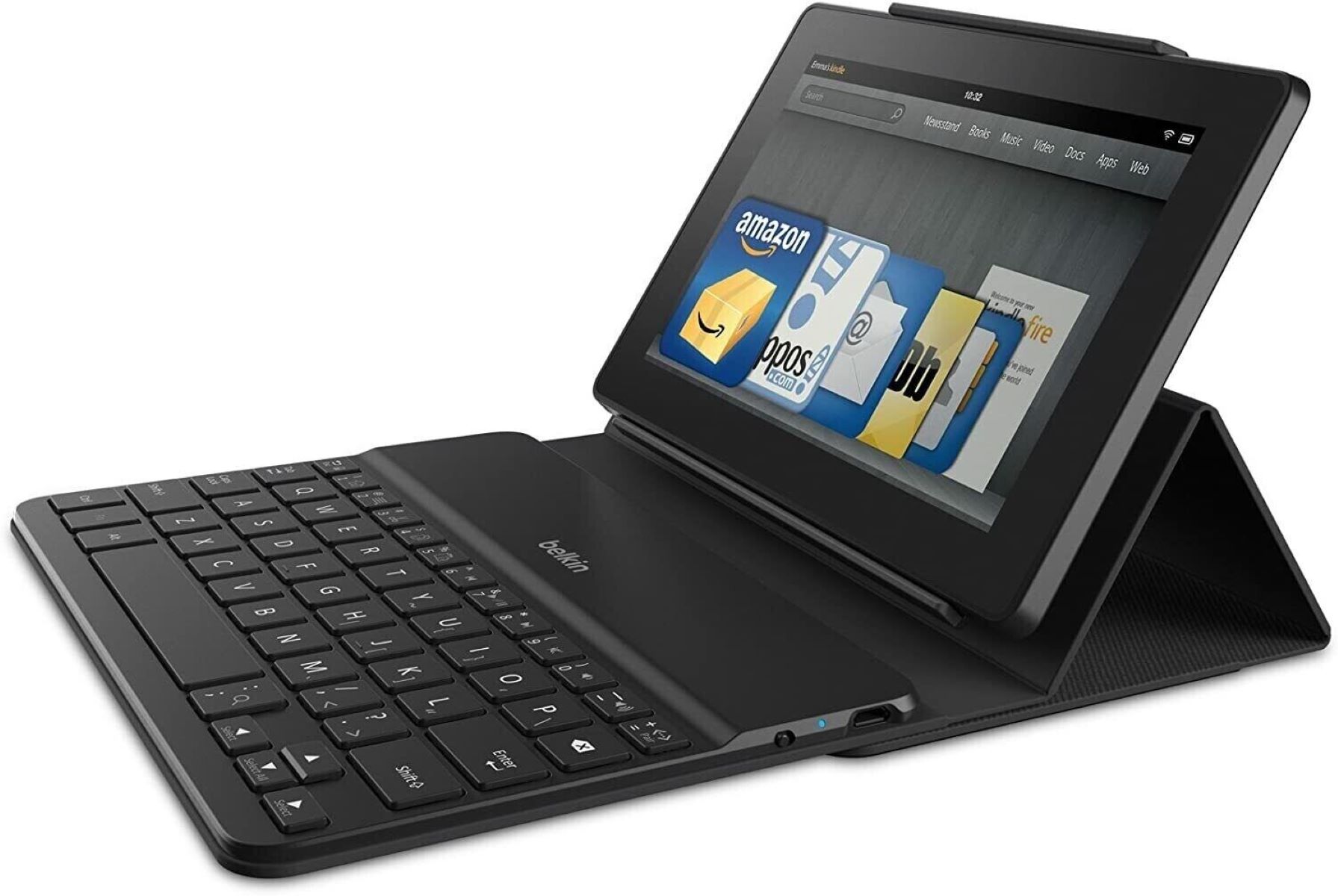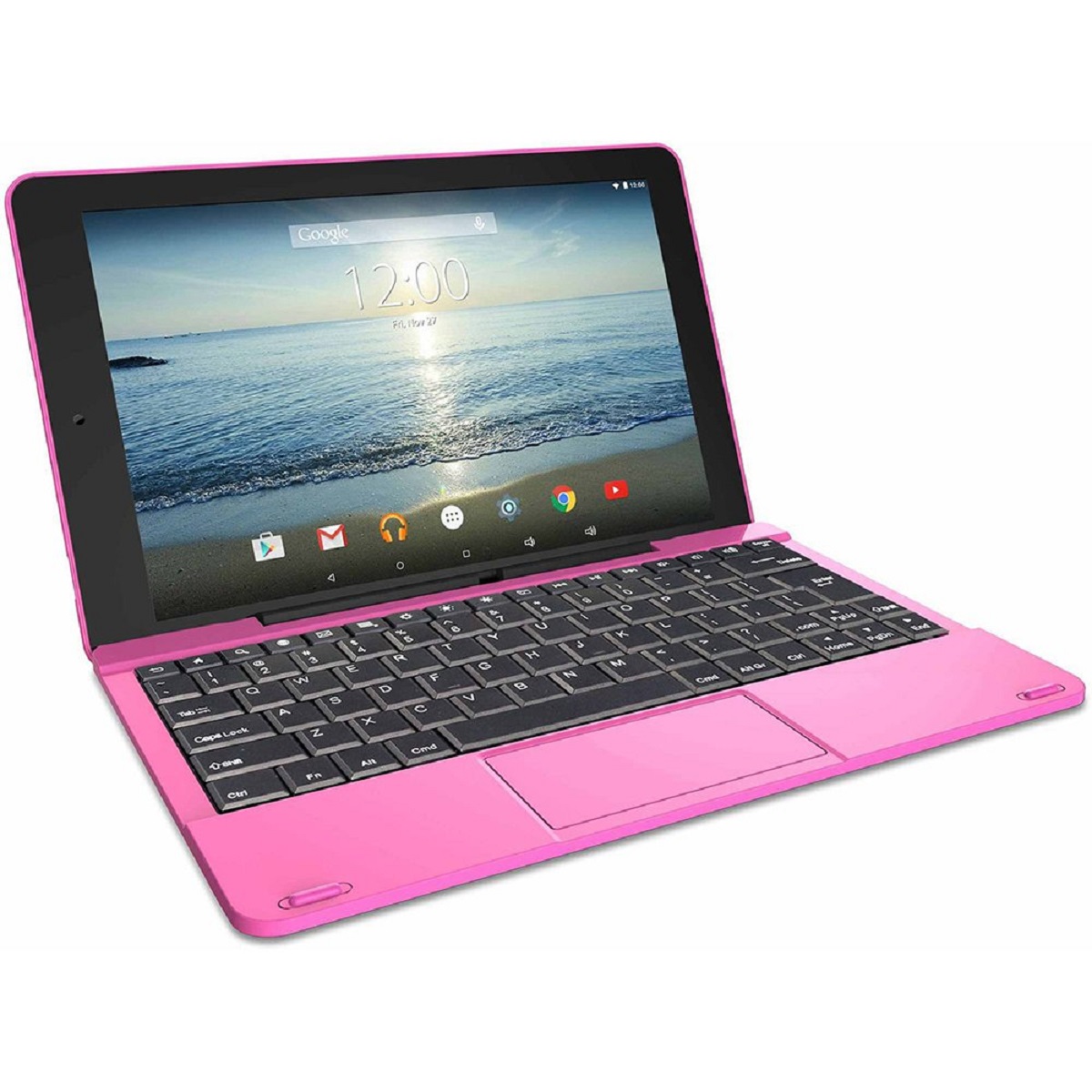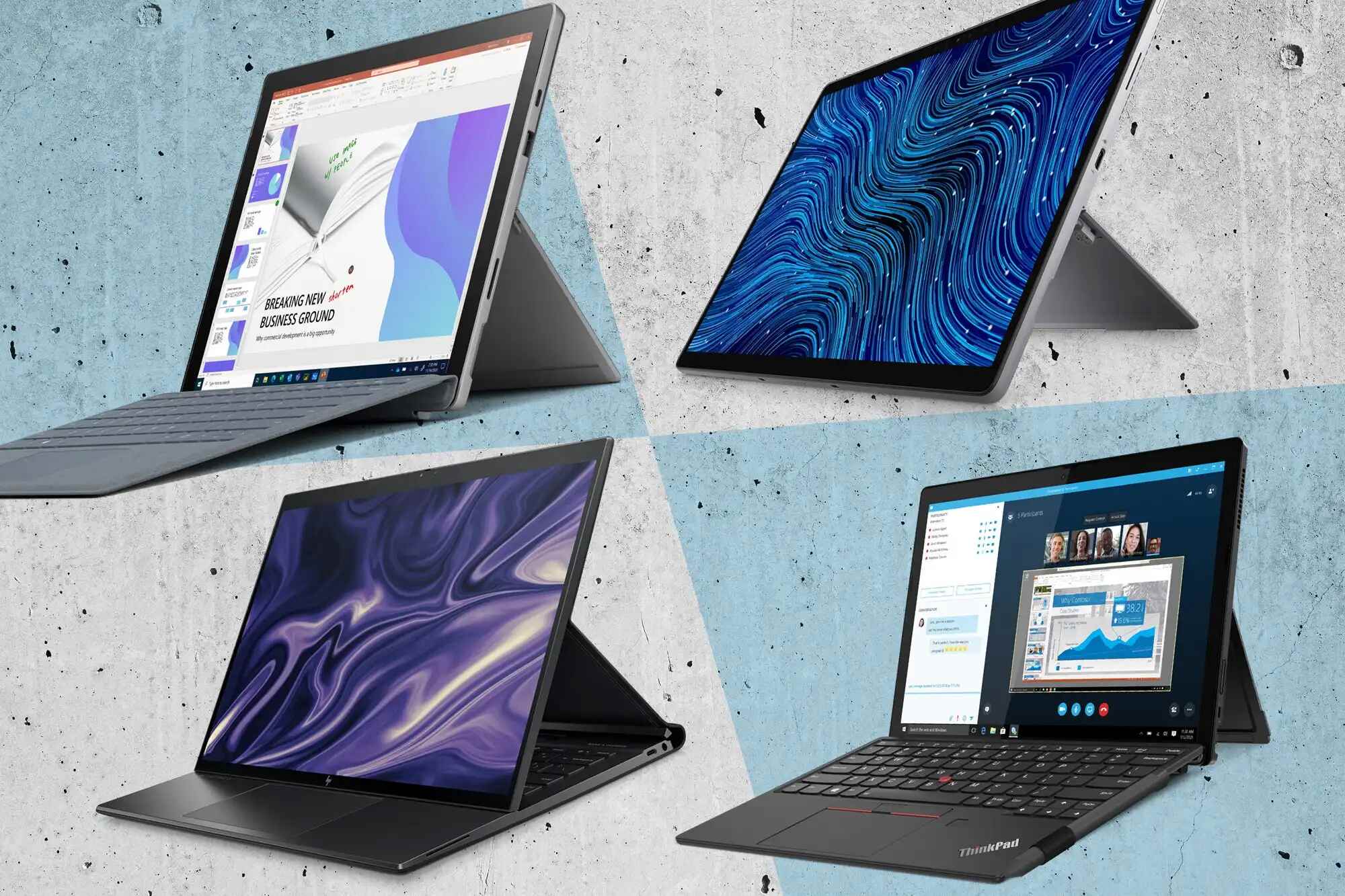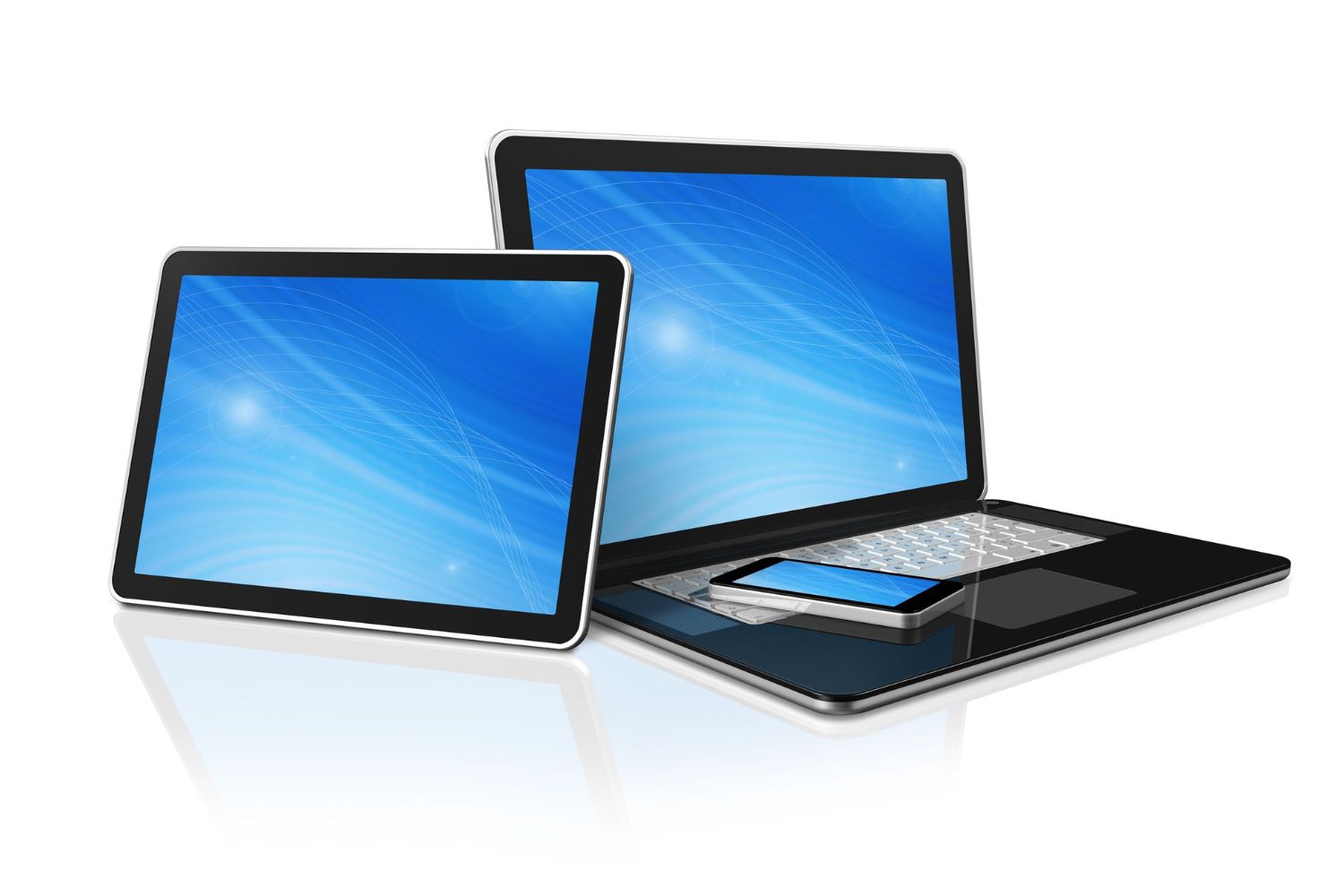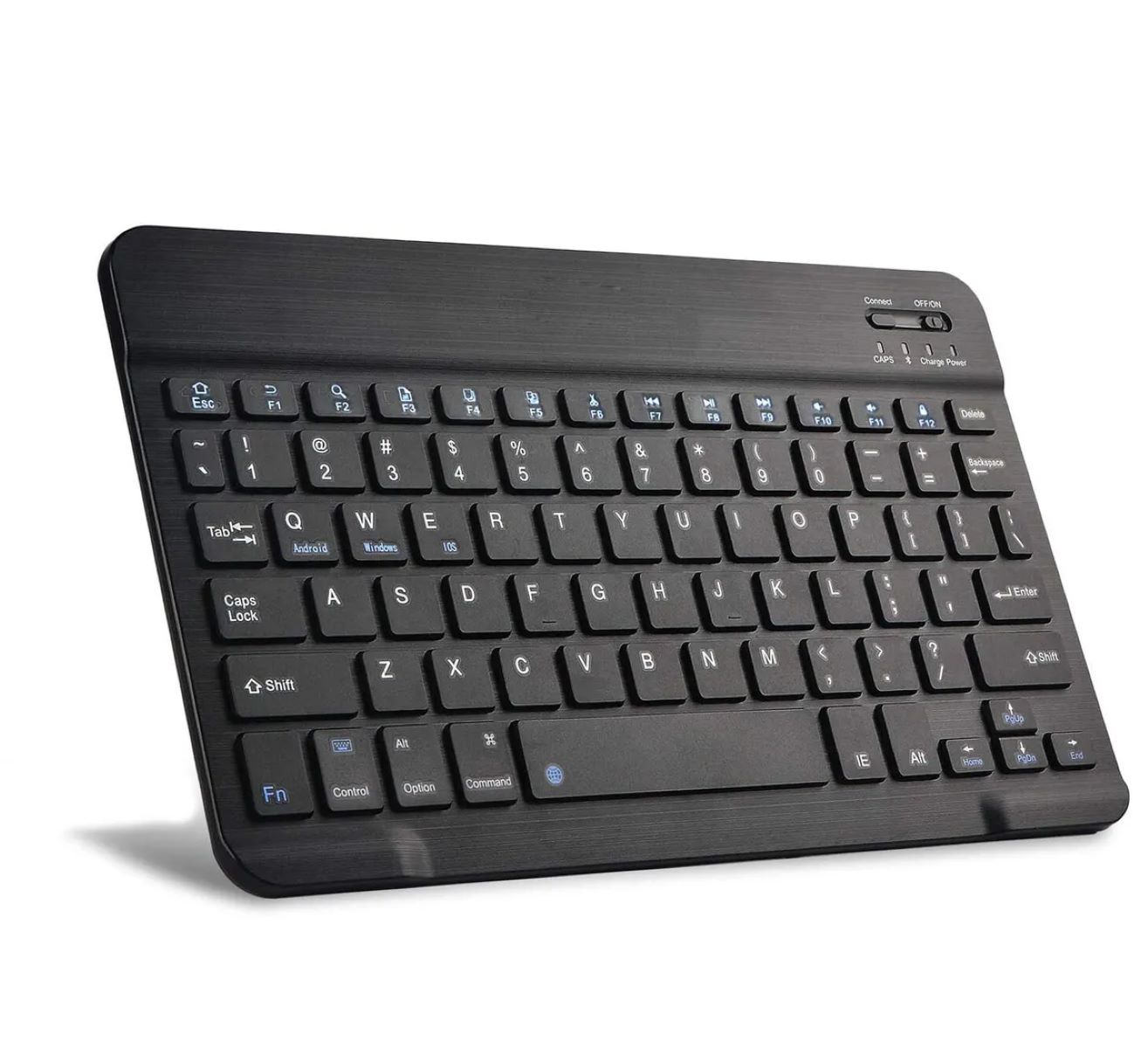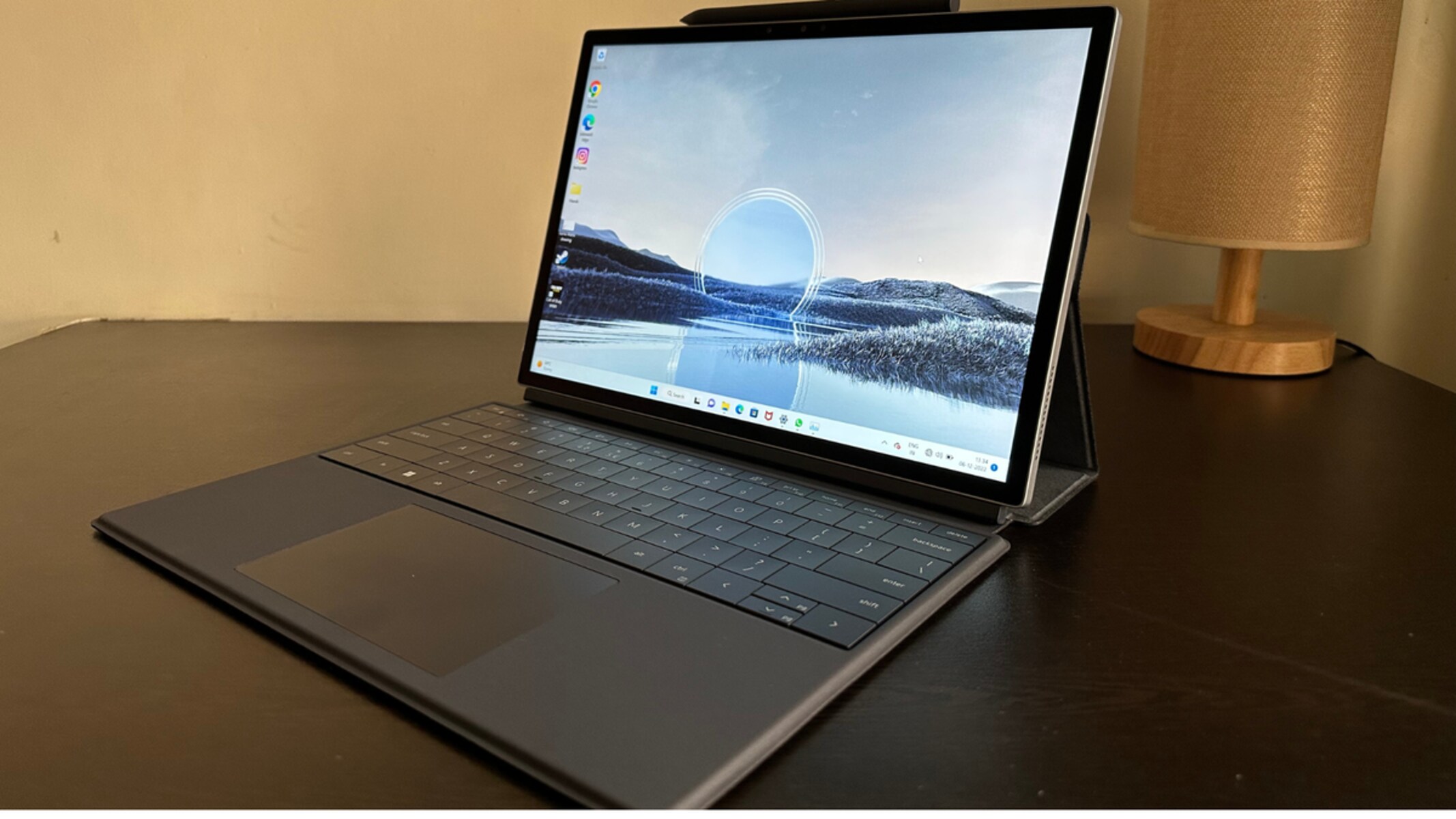Choosing the Right Keyboard for Your Tablet
When it comes to enhancing your productivity on a tablet, one of the best investments you can make is a keyboard. A keyboard allows for faster and more accurate typing, making it convenient for tasks such as writing emails, creating documents, and browsing the web. However, with the wide variety of keyboards available on the market, it’s essential to choose the right one that suits your needs and preferences.
Here are a few factors to consider when selecting a keyboard for your tablet:
- Type of Keyboard: There are primarily two types of keyboards available for tablets: Bluetooth and wired. Bluetooth keyboards provide more flexibility as they can be easily connected wirelessly to your tablet, allowing you to work from a comfortable distance. On the other hand, wired keyboards offer a more reliable connection without the need for battery charging.
- Size and Portability: Consider the size and portability of the keyboard. If you travel frequently or need to work on the go, opt for a compact and lightweight keyboard that can easily fit in your bag or backpack.
- Layout and Compatibility: Ensure that the keyboard layout is suitable for your typing style. Some keyboards may have different key arrangements or lack specific keys, such as a number pad. Additionally, check if the keyboard is compatible with your tablet’s operating system to avoid any compatibility issues.
- Ergonomics: Pay attention to the ergonomic design of the keyboard. Look for features such as a comfortable wrist-rest, adjustable tilt, and responsive keys that provide a comfortable and efficient typing experience.
- Battery Life: If you opt for a Bluetooth keyboard, consider its battery life. Look for keyboards with long-lasting battery capabilities, as it can be inconvenient to constantly recharge your keyboard.
By taking these factors into account, you can choose the best keyboard that suits your tablet and enhances your productivity.
Connecting a Bluetooth Keyboard to Your Tablet
If you’ve chosen a Bluetooth keyboard for your tablet, connecting it is a straightforward process. Follow these simple steps to establish a seamless connection:
- Prepare the Keyboard: Ensure that your Bluetooth keyboard is charged or has fresh batteries. This step is crucial to ensure a stable connection between the keyboard and your tablet.
- Enable Bluetooth on Your Tablet: Open the settings menu on your tablet and navigate to the Bluetooth options. Toggle the Bluetooth switch to the “On” position to enable Bluetooth connectivity.
- Put the Keyboard in Pairing Mode: Most Bluetooth keyboards have a specific button or switch to put them in pairing mode. Consult the user manual or look for instructions on the keyboard to activate pairing mode.
- Discover Devices: On your tablet, tap on the “Discover Devices” or “Add a Device” button in the Bluetooth settings menu. Your tablet will start scanning for available Bluetooth devices.
- Select and Pair: When your tablet detects the Bluetooth keyboard, it will appear in the list of available devices. Tap on the keyboard’s name to initiate the pairing process. Your tablet may display a pairing code, which you might need to enter on the keyboard if prompted.
- Complete the Pairing: Once the pairing process is successful, your tablet will establish a connection with the Bluetooth keyboard. A notification or indicator on both devices will confirm the successful pairing.
After connecting your Bluetooth keyboard, you can start using it right away with your tablet. The keyboard will automatically connect to your tablet whenever it’s within range and Bluetooth is enabled.
Keep in mind that the specific steps may vary slightly depending on the brand and model of your tablet and keyboard. Refer to the user manuals or online guides provided by the manufacturers for detailed instructions.
Connecting a Wired Keyboard to Your Tablet
If you prefer a wired connection, you can easily connect a wired keyboard to your tablet. Follow these steps to establish a connection:
- Check Port Compatibility: Before connecting the keyboard, make sure your tablet has a compatible port. Most tablets utilize a micro USB or USB-C port for charging and data transfer. However, some tablets may require an adapter or use a proprietary connector, so ensure that you have the necessary equipment.
- Connect the Keyboard: Plug the USB end of the keyboard into the appropriate port on your tablet. Ensure a secure connection to avoid any interruptions during use.
- Keyboard Recognition: Once connected, your tablet should automatically recognize the keyboard. If not, go to the settings menu and check the connected devices or peripherals section to manually enable the keyboard.
- Test the Connection: Open a text editor or any application that requires typing and verify that the keyboard is functioning properly. Start typing to ensure that the keystrokes are being registered on your tablet.
With a wired keyboard, you don’t have to worry about batteries or wireless connectivity issues. The connection is typically more stable and responsive, making it a reliable choice for those who prefer a direct connection.
It’s important to note that some tablets may not support the use of external wired keyboards or may require additional software or drivers to be installed. Refer to your tablet’s user manual or manufacturer’s website for specific instructions and compatibility information.
By following these simple steps, you can easily connect your wired keyboard to your tablet and enjoy a comfortable typing experience on a larger and more ergonomic keyboard.
Pairing the Keyboard with Your Tablet
Once you have chosen and connected your keyboard to your tablet, the next step is to pair them together. Pairing allows your tablet to establish a secure and reliable connection with the keyboard. Here’s how you can pair your keyboard with your tablet:
- Enable Bluetooth: Ensure that Bluetooth is enabled on your tablet. Go to the settings menu and navigate to the Bluetooth options. Toggle the Bluetooth switch to the “On” position.
- Put the Keyboard in Pairing Mode: Refer to the keyboard’s user manual or instructions to activate pairing mode. Generally, this involves pressing a specific button or switch for a few seconds until a light indicator starts flashing. Pairing mode allows the keyboard to be discoverable by your tablet.
- Discover Devices: On your tablet, tap on the “Discover Devices” or “Add a Device” option in the Bluetooth settings menu. Your tablet will initiate a scan for nearby Bluetooth devices, including the keyboard.
- Select and Pair: Once your tablet detects the keyboard, it will appear in the list of available devices. Tap on the keyboard’s name to initiate the pairing process. Depending on the keyboard and tablet, you may be prompted to enter a pairing code, which is typically displayed on the tablet’s screen.
- Confirm Pairing: After successful pairing, you will receive a confirmation message on both the tablet and the keyboard. The keyboard may emit a beep or display a solid light indicator to indicate a successful connection.
Once the pairing process is complete, your tablet and keyboard will be connected. They will remain paired as long as Bluetooth is enabled on both devices. If you want to connect the same keyboard to another device, you may need to repeat the pairing process.
Remember, the specific steps may vary depending on the keyboard and tablet you are using. Always refer to the user manual or online guides provided by the manufacturers for detailed instructions and troubleshooting tips.
Troubleshooting Common Keyboard Connection Issues
While connecting a keyboard to your tablet is usually a smooth process, you may encounter some common issues. Here are a few troubleshooting tips to help you resolve these problems:
1. Ensure Proper Power: If you’re using a Bluetooth keyboard, make sure it’s charged or has fresh batteries. Insufficient power can cause connection problems or intermittent disconnections.
2. Check Compatibility: Ensure that your keyboard is compatible with your tablet’s operating system. Some keyboards may only work with specific platforms, so check the manufacturer’s specifications to confirm compatibility.
3. Restart Devices: Sometimes, a simple restart can fix connectivity issues. Turn off both your tablet and keyboard, wait for a few seconds, and then power them back on.
4. Re-Pair the Devices: If the connection is unstable or keeps dropping, try unpairing the keyboard from your tablet and then pairing them again. This can refresh the connection and resolve any pairing-related issues.
5. Check Bluetooth Settings: Verify that Bluetooth is enabled on both your tablet and the keyboard. Additionally, make sure the keyboard is in pairing mode and discoverable. Double-check the Bluetooth settings on your tablet to ensure they are configured correctly.
6. Remove Interference: Wireless signals can be affected by nearby electronic devices. Move your tablet and keyboard away from objects like cordless phones, speakers, or other Bluetooth devices that might interfere with the signal.
7. Update Firmware and Drivers: Ensure that both your tablet’s operating system and the keyboard’s firmware or drivers are up to date. Outdated software can cause compatibility issues and disrupt the connection.
8. Test with Another Device: If possible, test the keyboard with another device to determine if the problem lies with the keyboard or your tablet. If the keyboard works fine on another device, it indicates that the issue is specific to your tablet’s settings or hardware.
9. Seek Technical Support: If you’ve tried all the troubleshooting steps and are still unable to establish a connection, reach out to the keyboard manufacturer or your tablet’s customer support for further assistance. They can provide specific guidance tailored to your device and troubleshoot any potential hardware or software problems.
By following these troubleshooting tips, you can overcome common keyboard connection issues and enjoy a seamless typing experience on your tablet.
Customizing Keyboard Settings on Your Tablet
After connecting a keyboard to your tablet, you have the opportunity to customize various settings to enhance your typing experience. These customization options may vary depending on the tablet’s operating system, but here are some common settings you can explore:
1. Language and Layout: Adjust the language and keyboard layout to match your preferences. You can choose from a variety of languages and select specific layouts such as QWERTY, AZERTY, or Dvorak.
2. Auto-Correct and Auto-Suggest: Enable or disable auto-correction and auto-suggestion features based on your writing style. These features can help improve typing speed and accuracy but may not be suited for everyone.
3. Key Magnification: Some tablets offer the option to magnify keys for individuals with visual impairments. This feature can make it easier to see and press the desired keys accurately.
4. Shortcuts and Hotkeys: Explore shortcuts and hotkey options to perform actions more quickly. For example, you can assign specific keys to open frequently used apps or perform specific functions like copying and pasting.
5. Keyboard Themes and Colors: Personalize your keyboard by selecting different themes, colors, or background images. This customization option allows you to add a personal touch to your typing experience.
6. Gesture Typing: If supported by your tablet’s keyboard, explore gesture typing. This feature allows you to glide your finger across the keyboard, and the keyboard will predict the words based on the traced path.
7. Haptic Feedback: Some tablets provide haptic feedback, which provides a vibrating sensation when a key is pressed. You can enable or adjust the intensity of haptic feedback based on your preference.
8. Accessibility Options: Check the accessibility settings on your tablet to find additional keyboard customization options, such as resizing keys, adjusting key responsiveness, or activating assistive technologies like voice input.
Keep in mind that these customization options may vary depending on your tablet’s operating system and the keyboard app you are using. Explore the settings menu of your tablet and the specific keyboard app to discover additional customization options.
By customizing the keyboard settings to your liking, you can optimize your typing experience on your tablet and make it more personalized and efficient.







